The 6×6 Global Talent Program from the World Press Photo Foundation recognises six visual storytellers from six global regions, to highlight talent from around the world and present stories with diverse perspectives.
Launched in 2018, the initiative completed its first cycle last year, spotlighting 36 talents from six global regions.
The Foundation has now presented six new talents from Africa: Amilton Neves Cuna, Mozambique; Esther Ruth Mbabazi, Uganda; Etinosa Yvonne, Nigeria; M’hammed Kilito, Morocco; Seif Kousmate, Morocco; and Zinyange Auntony, Zimbabwe.
Etinosa Yvonne
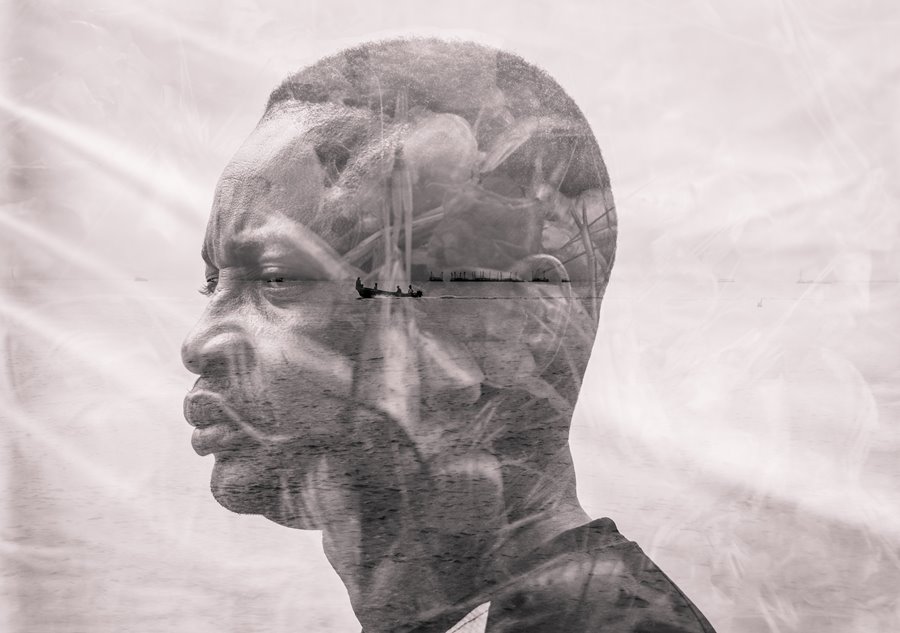
“I went fishing and when I returned I saw thick smoke; I saw that my house had been burnt. Four of my kids suffered burns. I took them to the hospital and they stayed there for a month. My wife’s shop was also not spared; all her goods were burnt. I was a successful fisherman and all that changed in one day. I’m not happy at all, sometimes I pray for death. I can barely take care of myself nor my children. I lost everything I had, I’m not happy”. – Jimoh Boton (35), Lagos, Nigeria, 5 September 2018.
Project Title: It’s All In My Head
Story: It’s All In My Head is an ongoing multimedia project that explores the coping mechanisms of survivors of terrorism and violent conflict. The project aims to advocate for increased and long-term access to psychosocial support for the survivors which in turn will improve their mental health.
In the last two decades, Nigeria has witnessed varying degrees of terrorism and violent conflicts.
Some of these survivors have witnessed the most violent acts inflicted on them and their loved ones. Over the years, they have found a way to rebuild and adjust to their new lives. However, many of them never get to talk about their experiences and go through life burdened with thoughts of the violence they witnessed and all that they lost.
By using layered portraits of the survivors and the things that they do to move forward, the photographer explores their struggle to move on and examines the causes of terrorism and conflict in Nigeria.
Etinosa Yvonne is a self-taught documentary photographer from Nigeria. Her work focuses on underreported societal issues in Nigeria. She leverages the power of storytelling to create awareness, educate, inform, pose questions, and express herself.
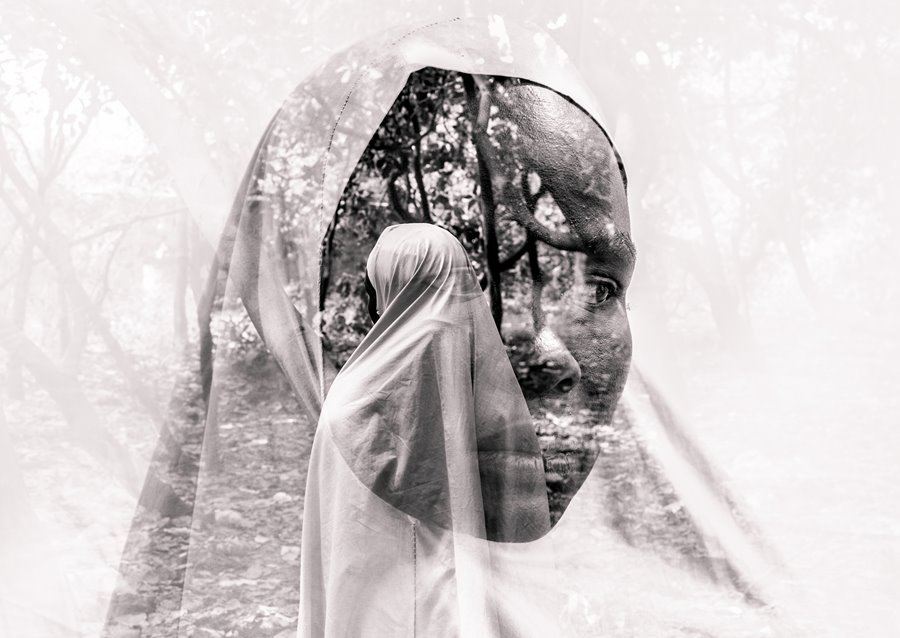
“In 2017, I left Borno for Abuja. Before then, I lived in the same village with Boko Haram fighters for months. When I wake up in the morning and just before I go to bed I think of all that happened. There was a time I stayed without food for 15 days because I was hiding. I also saw lots of dead bodies. I went through hell and I can’t get it out of my head. Boko Haram is the worst thing that happened to me.” Hajara Abubakar (24), Borno, Nigeria, 10 April 2018.

“I was chatting with some friends, then we saw people running from the market. I tried to find out what was going on as I was confused. I later found out that my brother was stabbed. I rushed down to the hospital to see him. When I got there, I was referred to another hospital. When we arrived at the second hospital, I was told that he was dead. The death of my brother hurt me. I fear that the attackers might strike again because no arrest has been made. Justice has not been served.” Abdul-Razak Salisu (27), Kaduna, Nigeria, 3 June 2019.
Amilton Neves Cuna
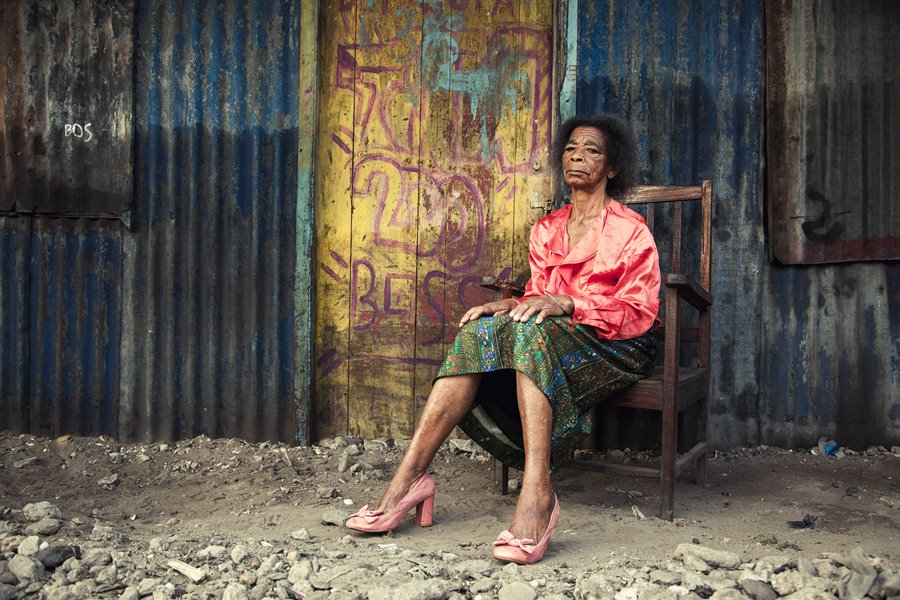
Maria stands in her makeshift home where her house once stood, Maputo, Mozambique, January 2018. Maria married the pen pal she met as a Madrinha, but he was expelled from Mozambique along with his compatriots in 1974. The home given to her by the Portuguese government was destroyed in the 2000 flood that left almost half a million Mozambicans homeless.
Amilton Neves Cuna is a photographer from Maputo, Mozambique, who examines contemporary social issues through visual storytelling. His work addresses perceptions of individuals who find themselves at the margins of society through narratives of empowerment.
Madrinhas de Guerra (Wartime Godmothers) tells the story of the Mozambican women who wrote letters to the soldiers during the Mozambican War of Independence, from 1964-1974. Sponsored by the Portuguese government, the Madrinhas de Guerra played a critical role in the psychological support of the colonial armed forces. However, in 1974, when the Mozambican War of Independence ended, they were socially ostracized for having backed the colonial forces.
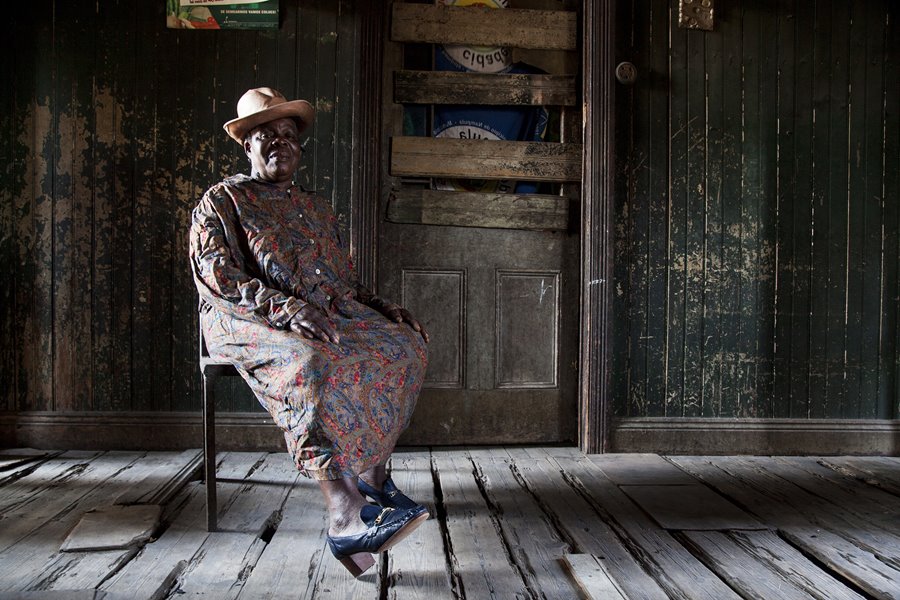
For the project, the photographer visited the homes of the Madrinhas de Guerra in Maputo, embodying an opulent past and the subsequent marginalization they suffered.
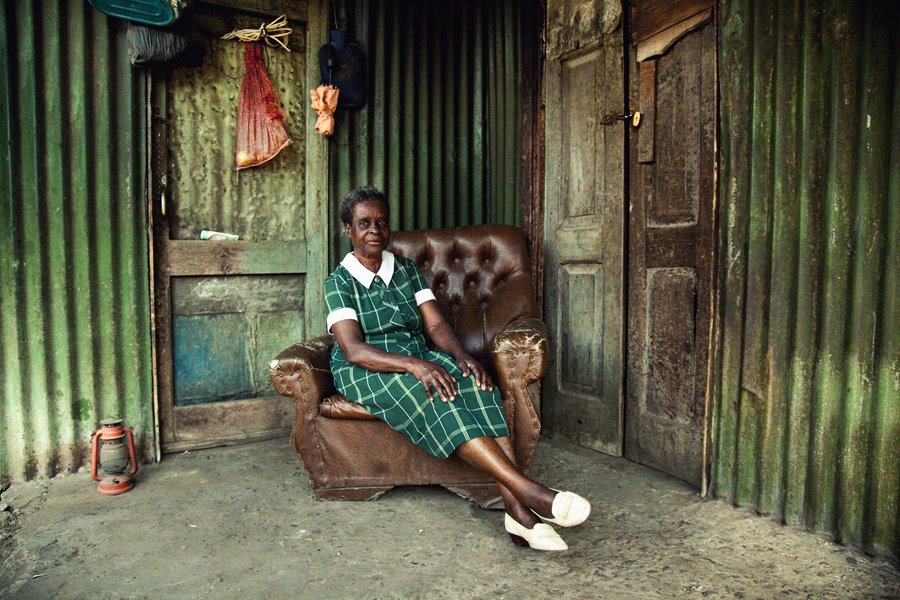
Ana was a Madrinha de Guerra who ended up marrying a Portuguese soldier during the war. While he was expelled to Portugal in 1975, her two children were able to remain with her in Mozambique. As adults, her children immigrated to Portugal but still return to visit her on holidays and support her financially. Maputo, Mozambique, December 2017.
Seif Kousmate
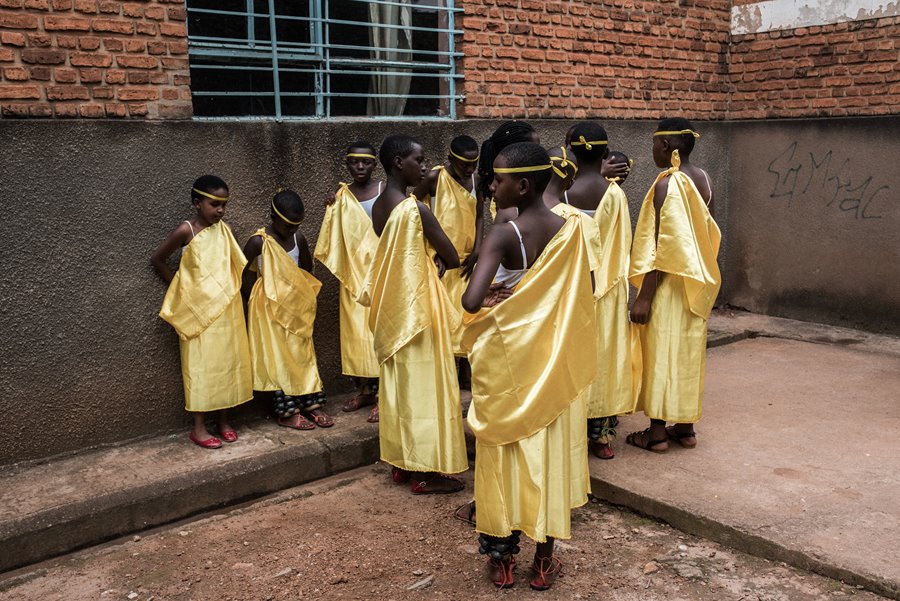
Young girls await during an annual traditional dance competition in the backyard of the Rafiki Youth Center in Nyamirambo, Kigali, Rwanda, on 21 December 2018. Traditional dance is very popular among young Rwandans. Educators use it to foster unity and create cohesion among the younger generation.
Seif Kousmate is a Moroccan self-taught photojournalist focusing on social issues. For him, photojournalism is his contribution to change mindsets and the world around him.
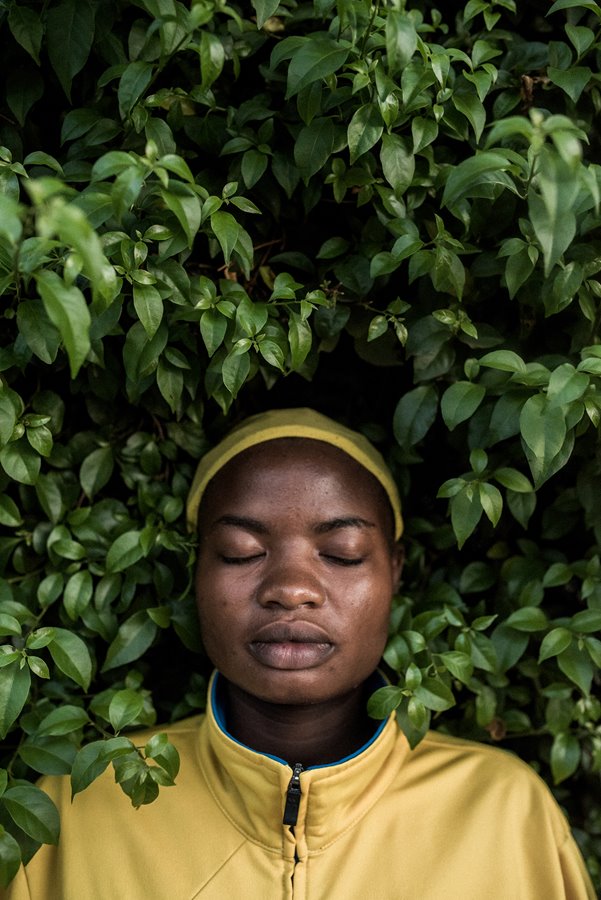
Tufaha Uwihoreye (21) was born in a family of genocide survivors. She is Rwanda’s only professional fencer. She uses sport to foster cohesion and diversity within her community. Kigali, Rwanda, 29 January 2019.
In his project Rwandan Youth, 25 Years After the Genocide, Kousmate explores the rebuilding of a Rwandan nation, forgiving of its past. After the 1994 genocide against the Tutsi that tore Rwanda apart, a new generation of Rwandans is creating a life and a country devoid of the Hutu and Tutsi heritage divide.
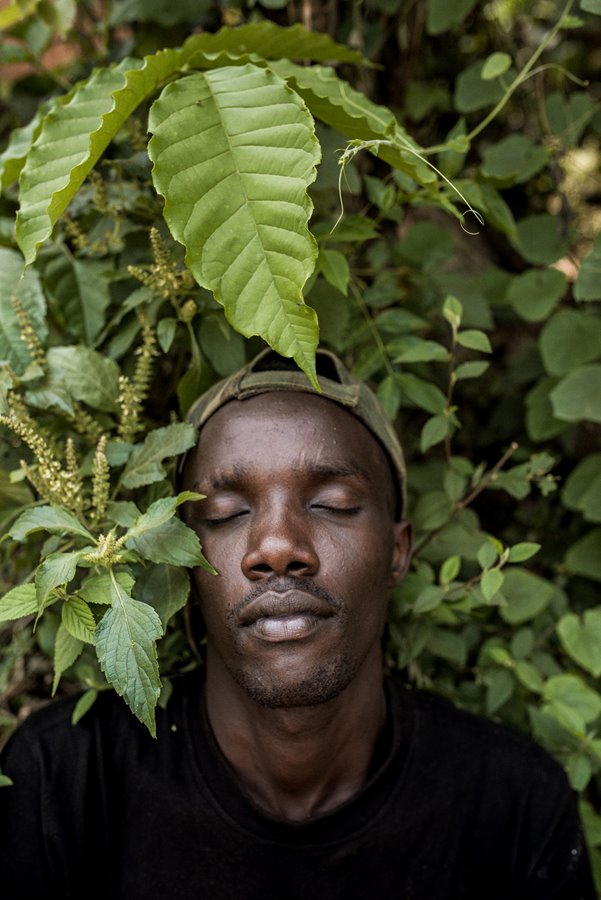
They focus on the African and international scene through peace-building programs, a prolific cultural scene, and innovative entrepreneurial projects. With 60 percent of Rwanda’s population under the age of 25 years, the country’s future is in the hands of young Rwandans.
In addition to their country’s controversial past, young Rwandans face unemployment, poverty, and rising education costs, making their resilience ever more critical. The genocide is still present through memorials and the annual commemoration period, but people want to move beyond their trauma. Their priorities are hope, resilience, and change through peace-building and critical thinking when confronted with divisive or sectarian ideas.
To see the full selection:


TODAY’S FEATURED BOOKS


